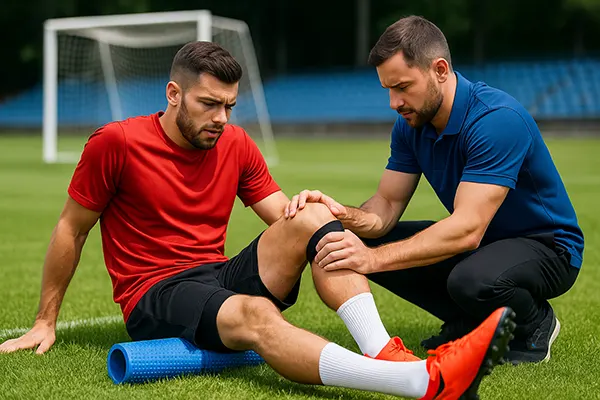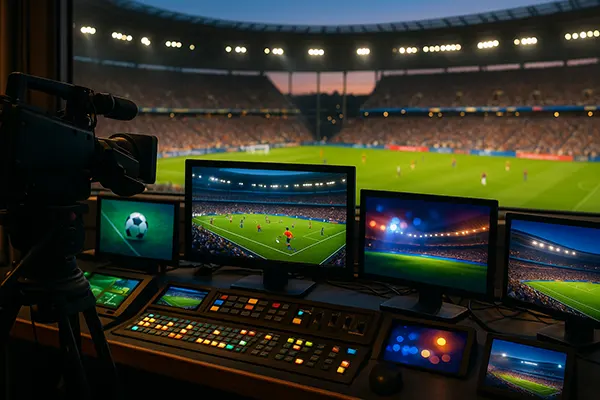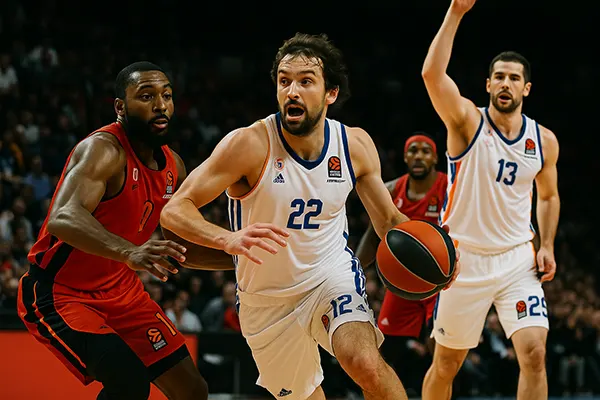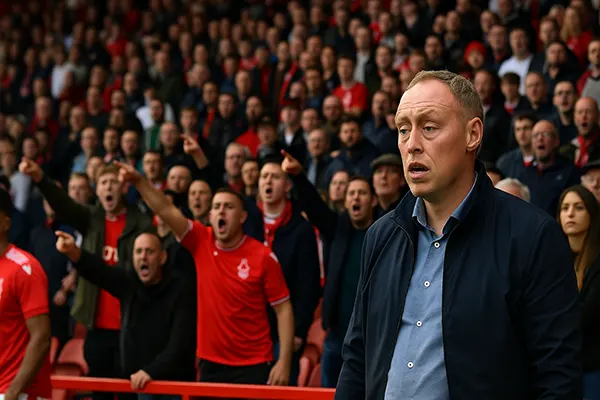Return After Injury: How Modern Rehabilitation Transforms Football Careers

Injuries have always been an inevitable part of football. Yet in recent years, the process of returning to the pitch has undergone a radical transformation. Thanks to the evolution of rehabilitation science, players today recover faster, more effectively, and often come back even stronger. This article delves into how cutting-edge recovery techniques have reshaped the course of football careers and the sport itself.
Rehabilitation Today: What Has Changed?
The rehabilitation of football players has progressed far beyond traditional physiotherapy and rest. Modern recovery strategies combine technology, biomechanics, and personalised care plans to accelerate the healing process without compromising long-term health.
Clubs now employ medical teams with specialisations in sports science, neurology, and nutrition. These experts collaborate to assess the nature of each injury in detail, creating an individualised roadmap to recovery. Tools like GPS tracking, force plates, and isokinetic testing provide real-time feedback, helping refine the process with precision.
One of the key differences today is the emphasis on prevention during rehabilitation. Injury recurrence is a major concern, and modern programmes incorporate neuromuscular training, dynamic stability work, and functional movements to build resilience in joints and muscles.
From Isolation to Integration: The Athlete-Centred Approach
Rehabilitation no longer takes place in isolation. Injured players are kept engaged with team activities to maintain morale and tactical awareness. Mental health support is also a standard component of elite recovery programmes, addressing the psychological challenges associated with long-term injuries.
In addition, rehabilitation includes return-to-play protocols that mirror match conditions. Instead of simply regaining physical fitness, players now undergo simulated drills under controlled fatigue to replicate the stress of real-game scenarios. This not only restores confidence but also reconditions cognitive functions essential for performance.
Medical and coaching staff maintain close communication to align the athlete’s reintegration with team dynamics. This holistic coordination minimises the risks of early return and supports a smoother transition back to competitive football.
Technologies Revolutionising Football Recovery
Recent years have witnessed an explosion in technologies that assist footballers in their rehabilitation journey. Cryotherapy chambers, anti-gravity treadmills, and blood flow restriction (BFR) training are just some of the innovations that have become standard in top-tier clubs.
Wearable sensors now allow medical teams to monitor muscle load, range of motion, and exertion in granular detail. This data-driven insight enables adjustments to training loads and identifies early signs of overuse or imbalance before they lead to re-injury.
Virtual reality (VR) is also being explored for its role in neuro-rehabilitation. VR tools are used to rebuild movement patterns and improve balance after complex injuries. In tandem with motion capture analysis, they allow players to visualise and correct biomechanical inefficiencies.
Rehabilitation Off the Pitch: Recovery Beyond the Clinic
Modern rehabilitation extends beyond the medical room. Recovery strategies now incorporate sleep optimisation, personalised nutrition, and even gut health monitoring to enhance the body’s regenerative processes.
Players follow detailed daily protocols that integrate recovery sessions, rest periods, hydration tracking, and mobility routines. The focus is on sustainability: reducing inflammation, supporting hormonal balance, and boosting immune function.
This integrated lifestyle approach ensures that the body is not only healed, but also strengthened against future breakdowns. As a result, players are not merely patched up—they are rebuilt for longevity and elite performance.

Career Longevity and Post-Recovery Performance
The ultimate goal of modern rehabilitation is not just to return players to their former level, but to extend their careers. In many cases, athletes come back with improved conditioning and technical sharpness, owing to the detailed work done during recovery.
Several high-profile cases in recent seasons illustrate this trend. Players who were once written off due to serious injuries have returned to dominate their positions, crediting enhanced rehabilitation methods for their revival.
Furthermore, clubs are increasingly investing in longitudinal player health data. This allows medical staff to proactively manage the physical demands of each athlete, reducing the likelihood of recurring issues and improving the quality of their remaining years on the pitch.
Shifting Perceptions: Injury as a Growth Opportunity
The stigma around injury is gradually being replaced by a more constructive view. For many athletes, time away from the game becomes an opportunity for personal development, tactical education, and physical recalibration.
Clubs now use injury periods to re-evaluate player roles, adjust training methodologies, and reinforce individual development plans. This proactive approach turns adversity into strategic gain.
Ultimately, while injury remains a setback, the trajectory of a footballer’s career no longer has to hinge on it. Through science, commitment, and a multi-faceted recovery process, players now have every chance to come back not just as good—but better.





